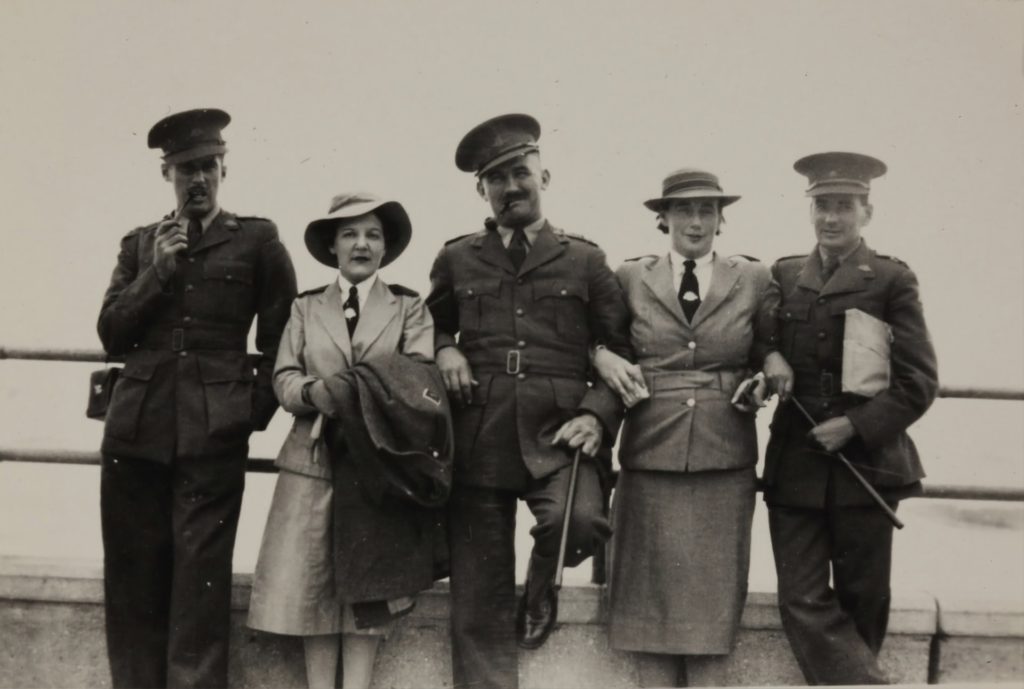
Coliving: A Tale As Old As Time
posted on : 10:49 am, Thu, 9 April 20New to Coliving?
Just in case you’re new to the concept of coliving, it is essentially a flat-share arrangement that is professionally managed. Coliving entails sharing a fully serviced apartment with a group of people, however individuals have a private room. Coliving spaces are all inclusive and typically include wifi, utilities and basic amenities. They come fully furnished and move-in ready, and many providers also organise community events.
From Hunter-Gatherers to Modern-Day Coliving
It may come as a surprise that coliving has been around longer than you realised. Throughout history, the act of communally sharing space and resources is something that the world has seen time and time again. The modern-day coliving we see trending today is the latest iteration of a recurring human trend. Developing from era to era, coliving and cohousing communities grew from a response to fluctuating economic and societal factors.
Hunter-Gatherers
A long time ago, humans were hunter-gatherers, who lived in large, mobile camps in communities. In those times, people couldn’t just survive as a single-family household, so it became part of our biology to give & receive support from others in our communities. The nomadic hunter-gatherers relied on each other for everything. This ranged from food, to protection, to child care. So, from our very origins humans were social animals who shared resources and communal spaces.
Middle Ages
During the Medieval era, people lived in communal households. In the Middle Ages, people lived in homes with both family and friends. The idyllic ‘cosy home lifestyle’ was quite unrealistic to most, since finding the time, money and resources to live alone was quite difficult to achieve, and was not something people particularly aspired to attain. People entered houses without knocking, and there was constant traffic through the communal households.
Industrial Revolution
During the Industrial Revolution in the 1800s, the world started to see the shift away from communal living. Industrialization meant many people had to leave home to work and commuted to factories. This new economy led to the rising desire for domestic privacy. However, even as we moved away from the communal living we saw in the Middle Ages, people still felt the social need for a community of friends, family, and neighbors. The new concept of boarding houses rose steadily in popularity at that time. Boarding houses were homes owned by individuals, who rented out rooms to boarders. This new concept gave children and young adults the opportunity to experience freedom and independence, and also gave homeowners the opportunity to earn extra money while still being able to be fulfilled by taking care of others.
World Wars
During the World Wars, the boarding houses that arose during the Industrial Revolution were in full effect. The houses provided accommodation for many different types of people: women working away from home, for men stationed in new places, as well as for immigrants and travelers. These houses also gave people their much needed social interaction, and acted as a surrogate family. Boarding houses allowed people to enjoy meals with each other, and also share the housekeeping chores. As a result, the culture of coliving developed.
Modern Era
The modern coliving movement was catalyzed in Denmark during the 1970s. In essence, these communities entailed families living in homes surrounding common shared spaces. The difference between this coliving movement and its predecessor was that it was fundamentally born by a need and a desire. The coliving residents in these communities wanted to interact with each other, both socially and productively.
Not only does contemporary coliving satisfy our social needs, but can also be a professional opportunity, where people can learn and grow from each other. Community residents live, network, socialise, and create together in shared apartments that have private rooms, shared rooms, communal spaces, and sometimes even coworking spaces.
Humans by Nature are Social Beings
To understand why humans have stuck together throughout history, we need to analyse human nature. We all know that human beings are innately social creatures. Without going into too much evolutionary detail, an explanation for this may be because we inherently understand that there is safety in numbers.
The benefits of shared information, shared food resources, protection from outsiders, and social connections are many.
From a psychological perspective, humans are naturally oriented towards other people, and we have an innate, powerful need to belong. It has also been found that being in the presence of other people makes us healthier. Physiologically, not having a social support system is a source of chronic stress for the human body. When people feel lonelier, we have increased levels of the stress hormone cortisol. If you are interested in this aspect of the topic, you can read more here.
Relogo is here to put your mind at ease, by offering tailored home search services to help you find the perfect place to call home and put your worries to bed. Even better, with Relogo’s short term accommodation services, you have the option of trying out different coliving spaces with a flexible lease.









